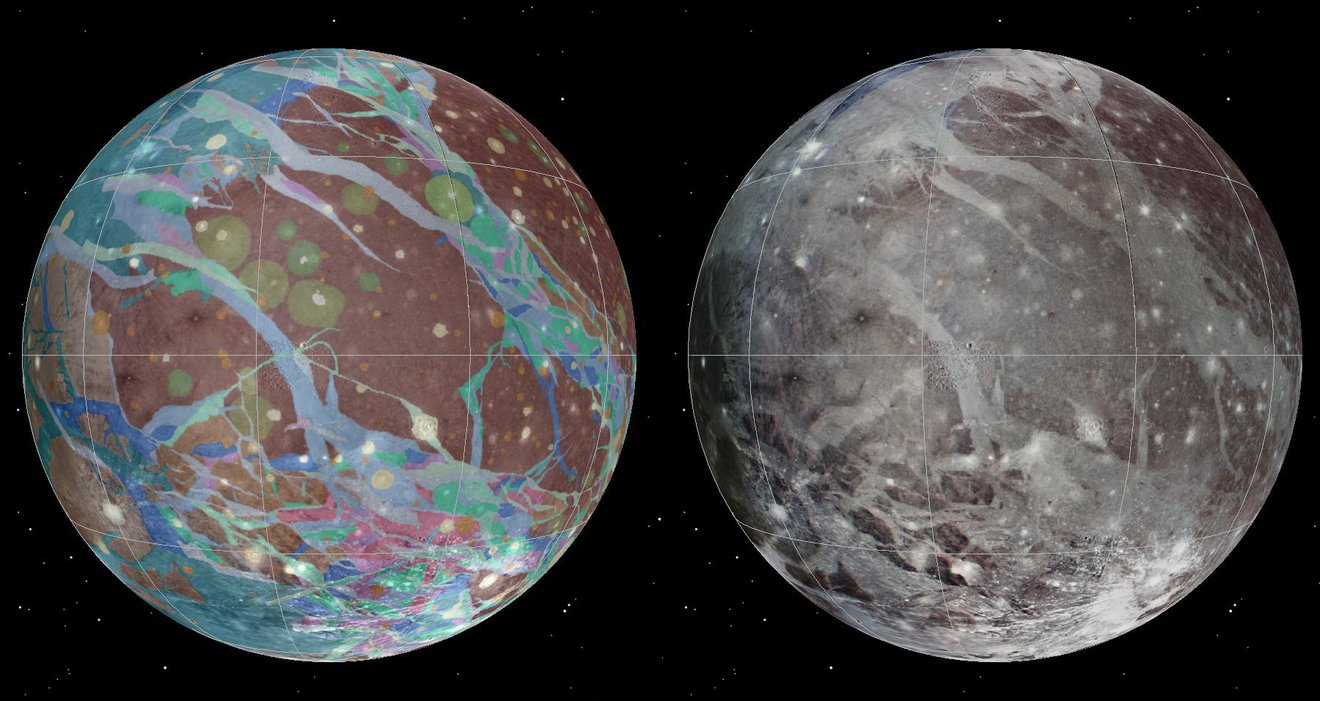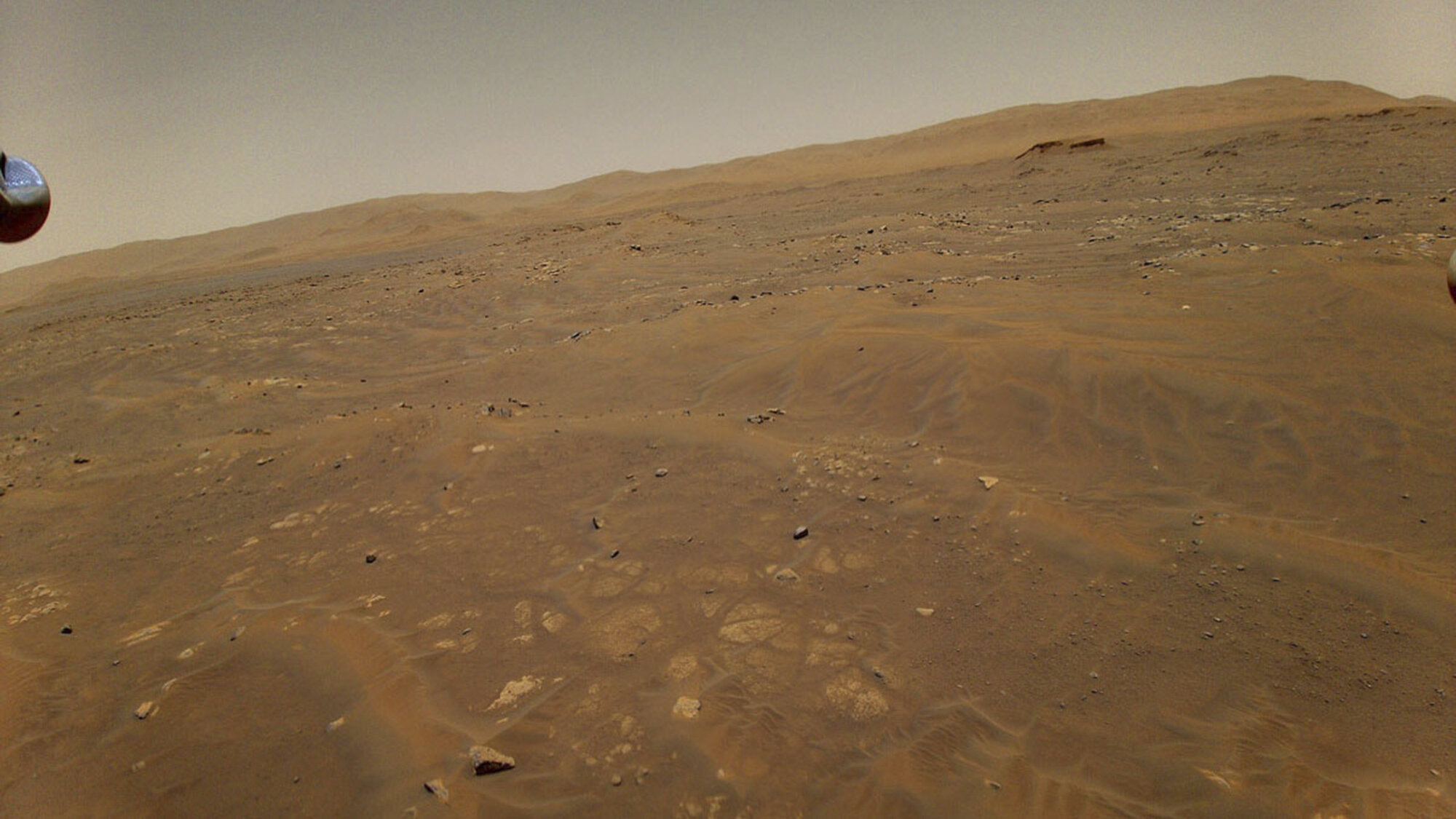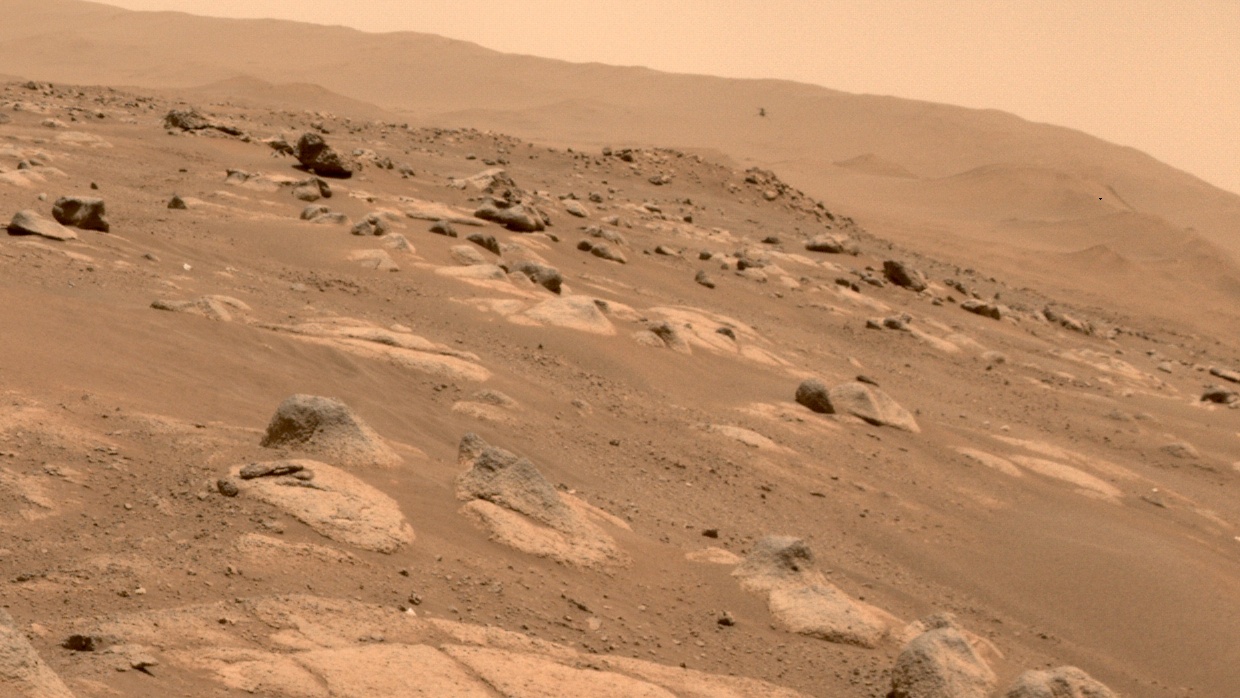NASA’s Juno mission is set for a close encounter with the Solar System’s largest moon, Ganymede, on Monday. This will be the first flyby of the icy world since the Galileo and Cassini spacecraft jointly observed the moon in 2000. New Horizons also got a quick snap of Ganymede as it slingshotted around Jupiter on its way out to Pluto in 2007, but from a distance of 3.5 million kilometers away. Juno’s pass on Monday will get much closer, approaching within 1038 kilometers of the surface.
Continue reading “Next up, Juno has Ganymede in its Sights”New Mosaic Shows the Galactic Core From Opposite Sides of the Electromagnetic Spectrum
The core of the Milky Way Galaxy (aka. Galactic Center), the region around which the rest of the galaxy revolves, is a strange and mysterious place. It is here that the Supermassive Black Hole (SMBH) that powers the compact radio source known as Sagittarius A* is located. It is also the most compact region in the galaxy, with an estimated 10 million stars within 3.26 light-years of the Galactic Center.
Using data from Chandra X-ray Observatory and the MeerKAT radio telescope, NASA and the National Research Foundation (NSF) of South Africa created a mosaic of the center of the Milky Way. Combining images taken in the x-ray and radio wavelengths, the resulting panoramic image manages to capture the filaments of super-heated gas and magnetic fields that (when visualized) shows the complex web of energy at the center of our galaxy.
Continue reading “New Mosaic Shows the Galactic Core From Opposite Sides of the Electromagnetic Spectrum”Ingenuity’s 6th Flight Didn’t Go So Smoothly
When NASA’s Perseverance rover landed in the Jezero crater on February 18th, 2021, it brought with it an interesting little companion that’s been causing quite a stir of late! We are talking, of course, about the Ingenuity Mars Helicopter, an experimental flight system designed to demonstrate if aerial systems can work on Mars. Since its inaugural flight on April 19th, the helicopter has been pushing the boundaries of flight on Mars, going farther and faster each time.
In fact, the helicopter managed to establish multiple records in the course of its first five flights, reaching a maximum distance of 266 m (873 ft) in 117 seconds. Unfortunately, things did not go so well for Ingenuity during its sixth and latest flight. Due to a navigation timing error, the helicopter strayed from its flight path, but managed to land safely just a few meters from where it was supposed to.
Continue reading “Ingenuity’s 6th Flight Didn’t Go So Smoothly”NASA Orders Up a Double Shot of Venus Missions Amid Questions About Life
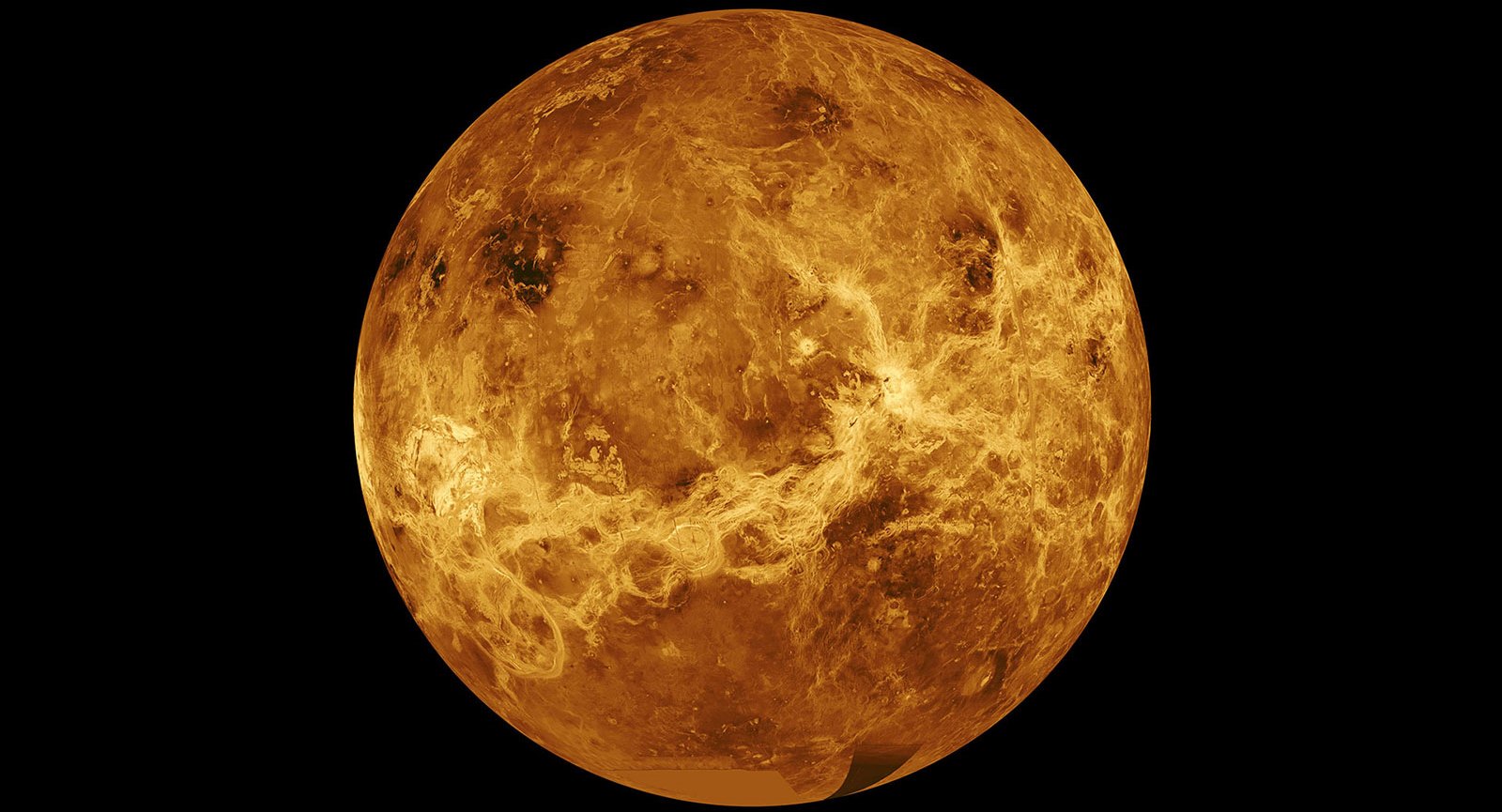
NASA’s planetary science program is making a big bet on Venus, after decades of putting its chips on Mars in the search for hints of past or present life out there in the solar system.
The bet comes in the form of a double dose of development funding for Discovery Program missions, amounting to as much as $1 billion. Both DAVINCI+ and VERITAS were selected from a field of four finalists in a competitive process — leaving behind missions aimed at studying Jupiter’s moon Io and Neptune’s moon Triton.
“These two sister missions are both aimed to understand how Venus became an inferno-like world capable of melting lead at the surface,” NASA Administrator Bill Nelson said June 2 in his first “State of NASA” address. “They will offer the entire science community the chance to investigate a planet we haven’t been to in more than 30 years.”
Lessons from Venus, which underwent a runaway greenhouse effect early in its existence, could improve scientists’ understanding of our own planet’s changing climate. The missions could also address one of the biggest questions about the second rock from the Sun: whether life could exist in the upper reaches of its cloud layer.
Continue reading “NASA Orders Up a Double Shot of Venus Missions Amid Questions About Life”Pictures From China’s Mars Rover Fuel NASA Chief’s Funding Pitch to Congress
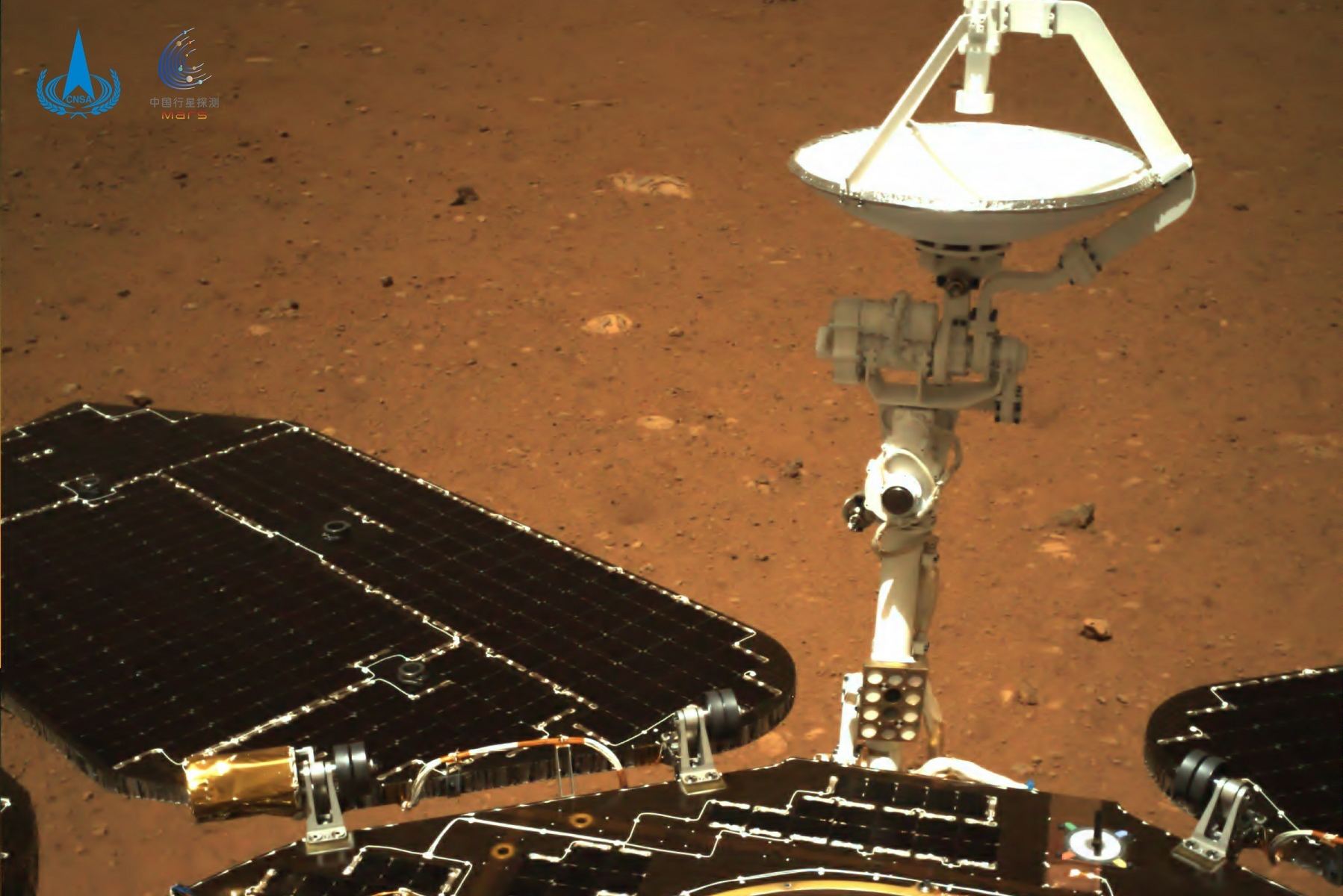
The first pictures from a Chinese probe on the surface of Mars were released May 19, sparking a plea from NASA’s recently appointed chief for more funding to keep America in the lead on the space frontier.
China’s Zhurong rover, which landed on the Red Planet on May 14, sent back pictures as it sat atop its landing platform on the flat plain of Utopia Planitia. One picture provides a rover’s-eye view of the ramp that the six-wheeled robot will use to roll down onto the surface.
The probe also sent back video clips that were captured by China’s Tianwen-1 orbiter during the lander’s separation.
Continue reading “Pictures From China’s Mars Rover Fuel NASA Chief’s Funding Pitch to Congress”Astronauts Could Dust off Themselves and Equipment on the Moon With an Electron Beam
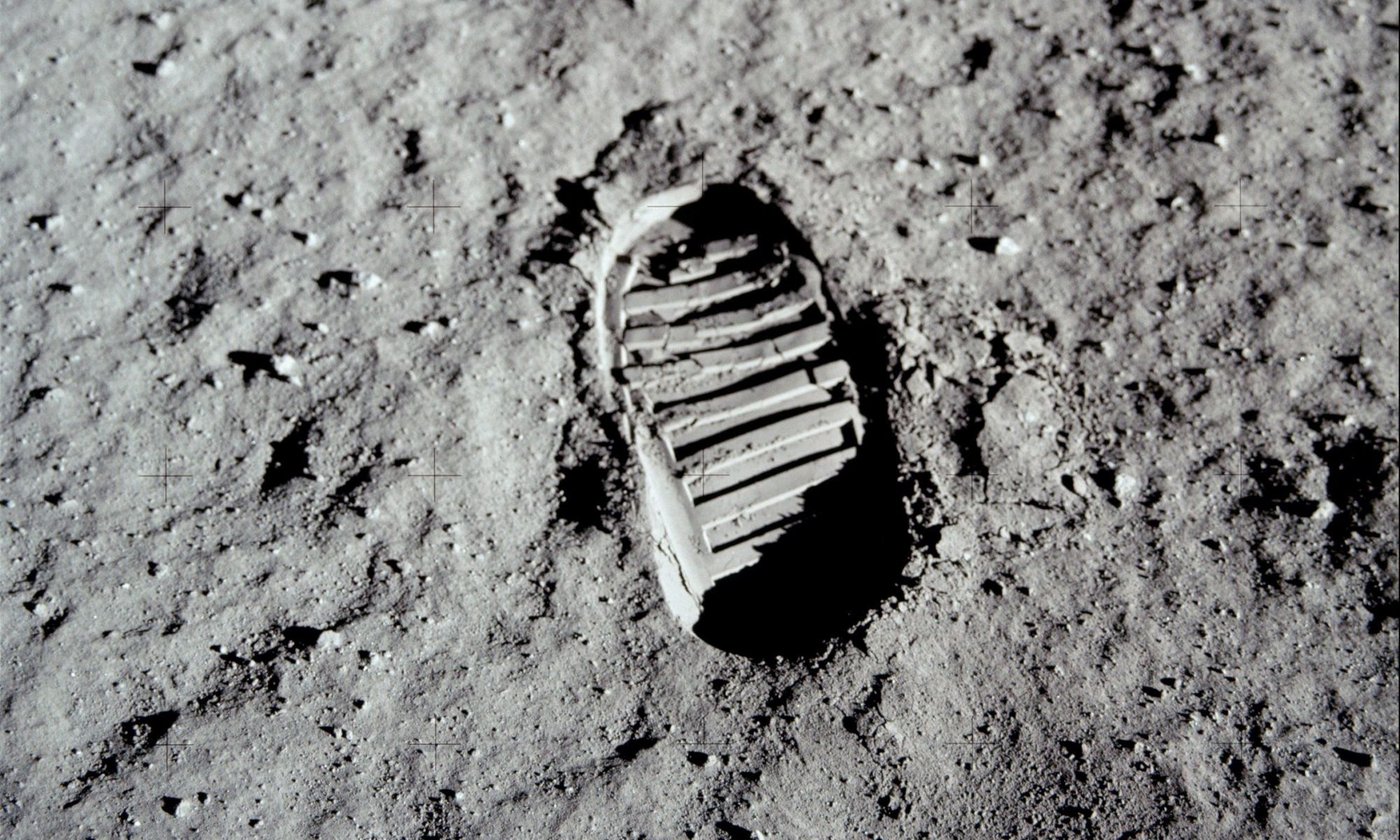
In the coming years, NASA will be sending astronauts to the Moon for the first time since the Apollo Era. This time, and as part of the Artemis Program, NASA also plans to build the necessary infrastructure to establish a sustained human presence on the Moon and eventually missions to Mars – including the Artemis Base Camp and the orbiting Lunar Gateway.
They’ll be getting some new equipment, such as the exploration Extravehicular Mobility Unity (xEMU) spacesuit and a fancy new lunar lander. Of course, as the Artemis astronauts will also have to deal with the same hazards as their predecessors – not the least of which is lunar dust (or regolith). Luckily, NASA is investigating a possible solution in the form of a handheld electron/ultraviolet (UV) device that could mitigate this hazard.
Continue reading “Astronauts Could Dust off Themselves and Equipment on the Moon With an Electron Beam”It’s Official, Astronaut Bill Nelson is NASA’s new Administrator

On March 19th, 2021, the Biden Administration announced that they had nominated a successor for the role of NASA Administrator. Their nominee was Sen. Clarence William Nelson II (aka. Bill Nelson), a Democratic Senator from Florida, an attorney, and a former payload specialist at NASA. On Monday, May 3rd, he assumed the role of 14th NASA Administrator during a ceremony where he was given the oath of office.
Continue reading “It’s Official, Astronaut Bill Nelson is NASA’s new Administrator”Mars Helicopter Completes its 4th Flight. 117 Seconds of Airtime
On April 30th, 2021, the Ingenuity Mars Helicopter achieved yet another milestone and set new records with its fourth flight on Mars. This time around, the helicopter took off at 12:33 AM Mars Standard Time (10:49 AM EDT; 07:49 AM PDT) and ascended to an altitude of 5 meters (16 feet). It then traveled south for approximately 133 meters (436 feet) and then back in the space of about two minutes (117 seconds).
Continue reading “Mars Helicopter Completes its 4th Flight. 117 Seconds of Airtime”Protests From Dynetics and Blue Origin put NASA’s Lunar Lander Award to SpaceX on Hold

Project Artemis, NASA’s long-awaited plan for sending astronauts to the Moon for the first time since the Apollo Era, has taken many steps forward. Aside from the development of the Space Launch System (SLS), the Orion spacecraft, and the elements that will make up the Lunar Gateway, NASA recently awarded SpaceX with the contract to build the Human Landing System (HLS) that will transport astronauts to the lunar surface.
However, this decision didn’t sit well with the other two companies NASA was also considering. These included Blue Origin, the commercial space company founded by Amazon founder and former CEO Jeff Bezos, and Alabama-based aerospace company Dynetics. After protests were filed by both companies, NASA decided to issue a stop-work order on the HLS award to SpaceX while it reviews the complaints.
Continue reading “Protests From Dynetics and Blue Origin put NASA’s Lunar Lander Award to SpaceX on Hold”Mid-Latitude Glaciers on Mars Could Supply Water to Human Explorers
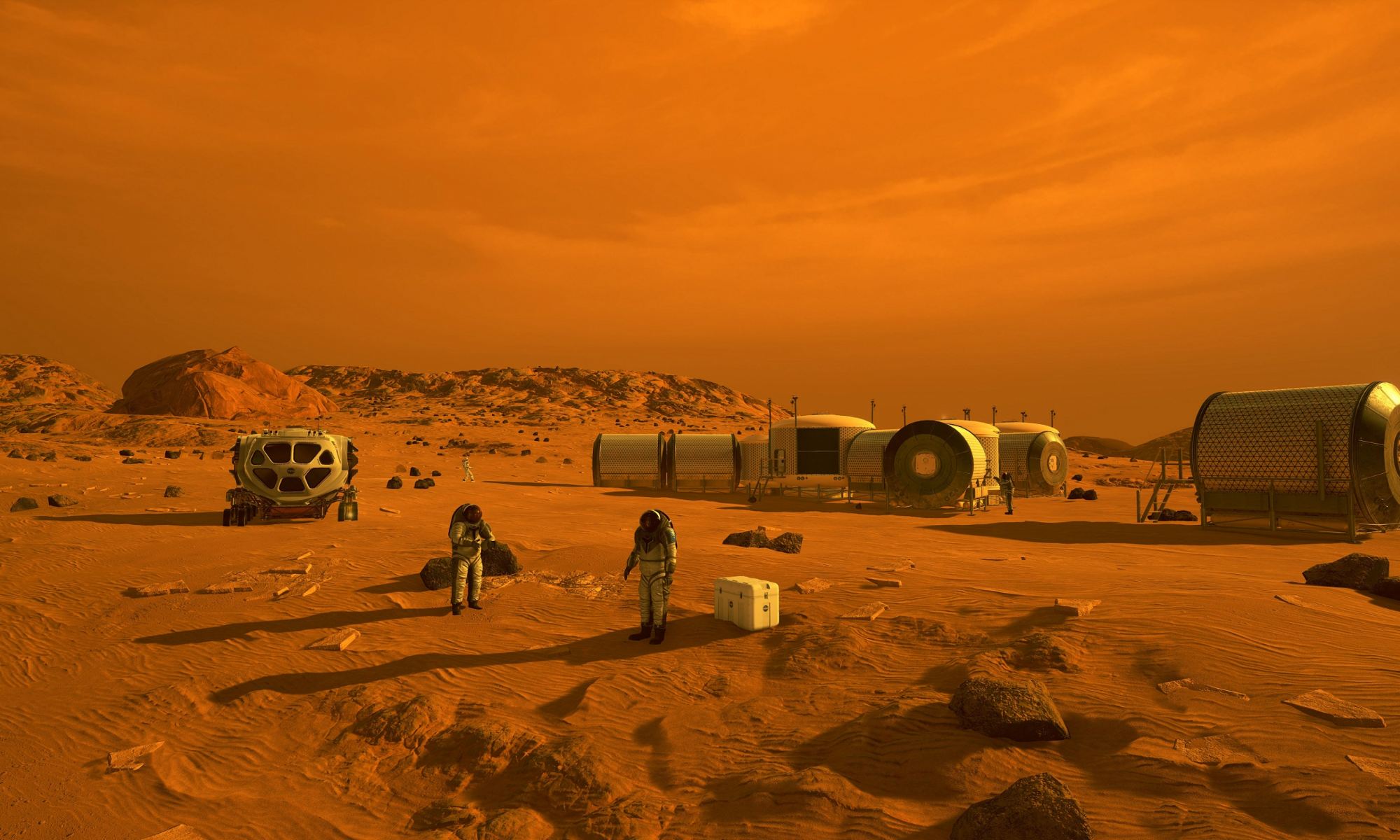
By Earth standards, the surface of Mars is the picture of desolation. It’s not only irradiated and cold enough to make Antarctica look balmy, but it’s also one-thousands times drier than the driest places on Earth. However, beneath the super-arid surface of the Red Planet, there are abundant supplies of water ice that could someday be accessible to human explorers (and even settlers).
This is especially the case in the mid-latitude region known as Arcadia Planitia, a smooth plain located in Martian northern lowlands. According to new research conducted with support from NASA’s Jet Propulsion Laboratory (JPL), the region shows signs of glaciers and glacier activity. These findings could prove very useful for the future human landings and exploration of Mars, not to mention potential settlement.
Continue reading “Mid-Latitude Glaciers on Mars Could Supply Water to Human Explorers”
